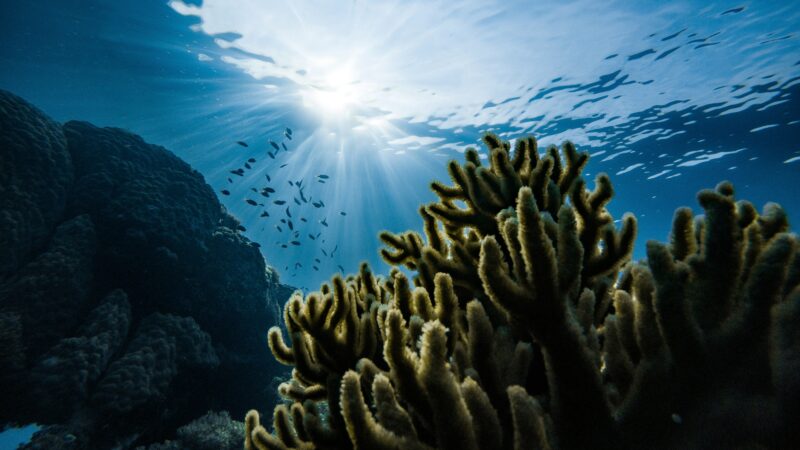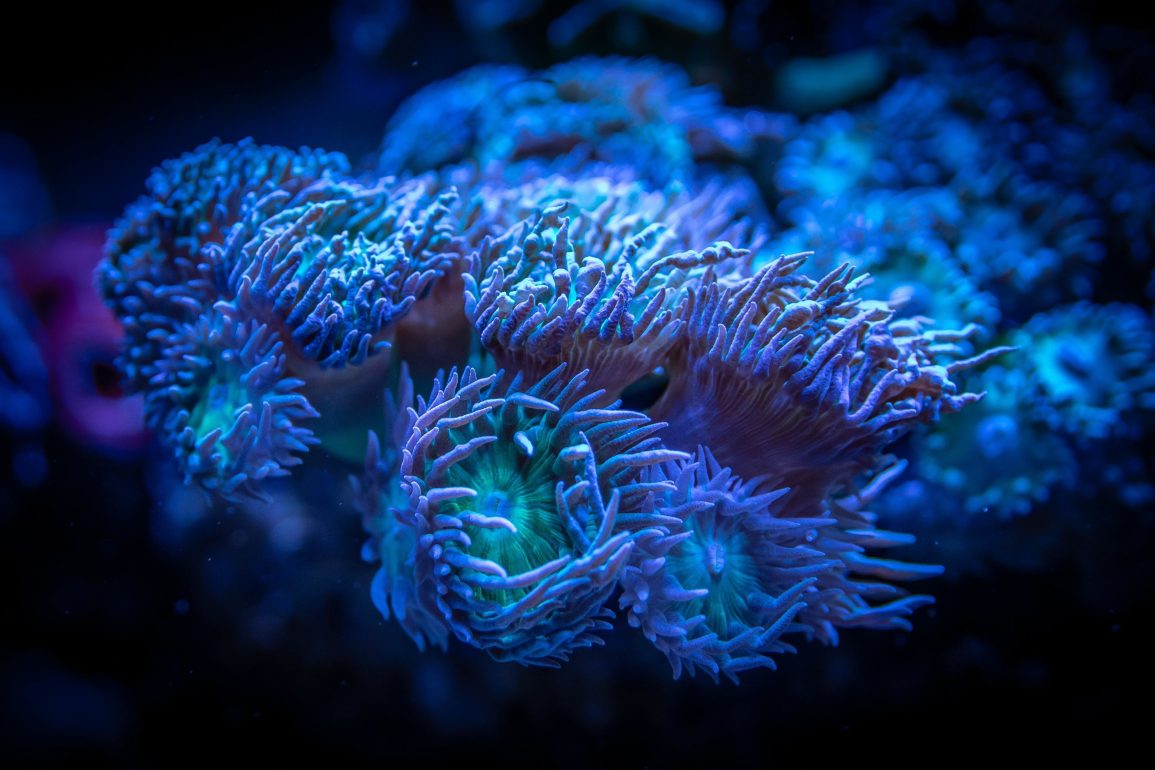This week, global leaders are convening in Colombia for the 16th Conference of the Parties (COP 16) under the United Nations Convention on Biological Diversity, at a time when the health of our oceans is at a critical juncture. Marine ecosystems, which produce half of the oxygen we breathe and provide a significant portion of the world’s protein, are under severe threat from climate change, overfishing, pollution, and habitat loss.
The result has been a dramatic decline in marine biodiversity, which demands urgent global action. In response, many governments have adopted the “30 by 30” target, aiming to protect 30 percent of the world’s oceans by 2030.
Despite these ambitious goals, the effectiveness of many existing marine protected areas (MPAs) is in question. While over 18,000 MPAs exist globally, their actual level of protection often falls short. Many MPAs are largely “paper parks,” offering little real protection due to inadequate regulation and enforcement.
Research into the world’s 100 largest MPAs, which account for the majority of ocean protection, shows that a quarter have no meaningful regulations in place, and one-third even permit destructive activities like industrial fishing, undermining the purpose of conservation.

The core issue is that only about one-third of these MPAs offer high or full protection that meaningfully benefits biodiversity, with most being located in remote regions rather than in high-pressure coastal areas. This uneven distribution highlights a major challenge: simply designating protected areas is not enough.
What is needed is a focus on quality, not just quantity. As COP 16 unfolds, it is clear that creating more MPAs that lack enforcement or allow damaging activities will not be enough to meet the “30 by 30” goal.
There is, however, a significant opportunity to make real progress. To ensure MPAs contribute to genuine conservation, stronger enforcement, better management, and sufficient funding are crucial.
This will require international cooperation, with wealthier nations providing financial resources and technical support to developing countries. For instance, debt forgiveness deals, such as Ecuador’s 2023 agreement that generated funds for marine protection, offer a model for financing conservation efforts, especially in biodiversity hotspots.
The path forward also requires inclusive governance and collaboration with local communities, Indigenous peoples, and key industries like fishing, tourism, and shipping. Their involvement is essential to creating practical, effective MPAs that balance environmental goals with social and economic needs.
Transparent management and equitable decision-making can help foster a sense of ownership, ensuring that conservation efforts align with local values. By prioritizing both the quality and management of protected areas, COP 16 can set a new standard for marine conservation, creating a sustainable future for oceans and the communities that depend on them.

